
Spending on Foreign Affairs
Spending on foreign affairs accounts for slightly more than 1 percent of total federal spending.
https://www.pgpf.org/chart-archive/0239_foreign_affairs_spending
The search found 146 results in 0.206 seconds.

Spending on foreign affairs accounts for slightly more than 1 percent of total federal spending.
https://www.pgpf.org/chart-archive/0239_foreign_affairs_spending

Defense spending covers a wide range of activities.
https://www.pgpf.org/chart-archive/0314_defense_spending_categories
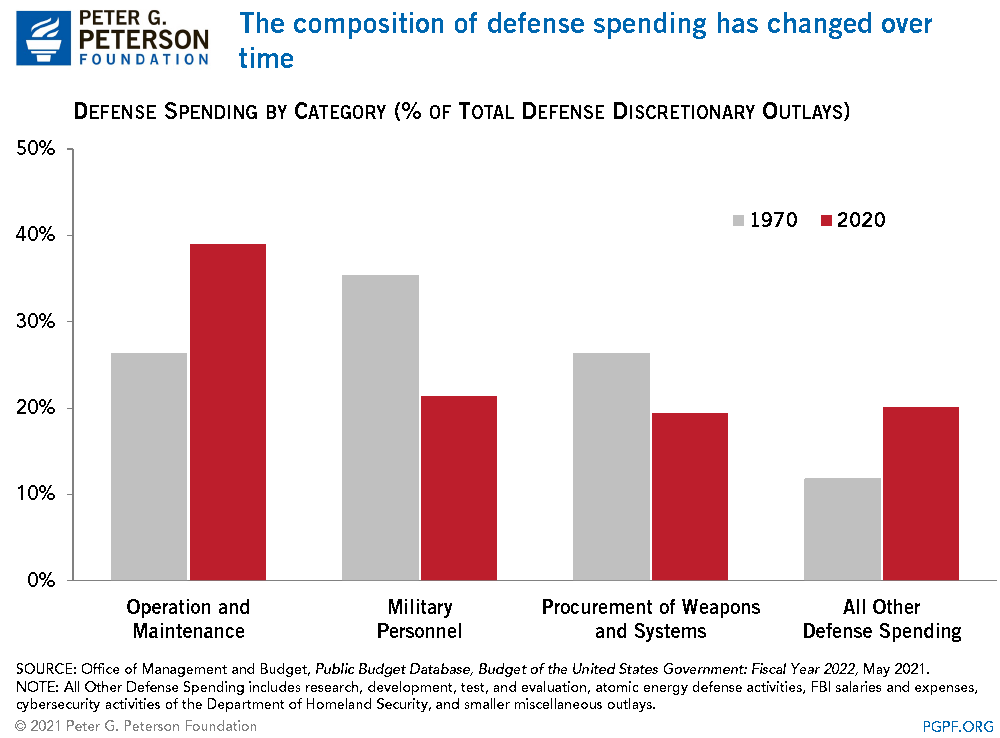
The composition of defense spending has changed over time.
https://www.pgpf.org/chart-archive/0315_defense_spending_change

Non-defense discretionary spending funds a wide range of programs
https://www.pgpf.org/chart-archive/0318_nondefense_disc_categories
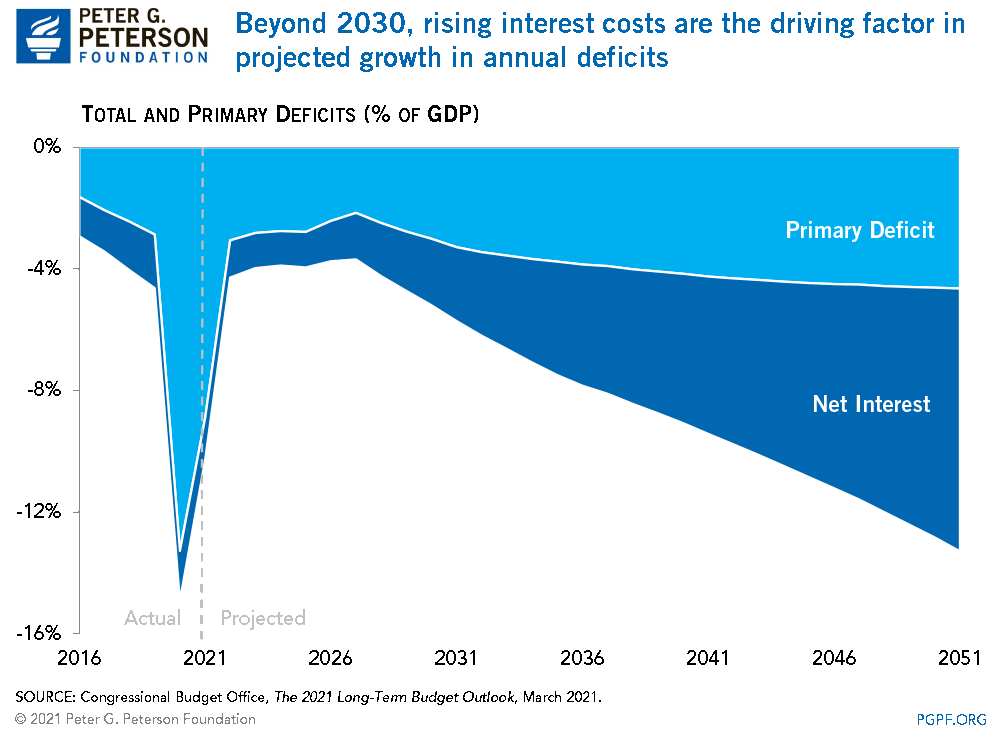
Beyond 2030, rising interest costs are the driving factor in projected growth in annual deficits.
https://www.pgpf.org/chart-archive/0280_net_interest_primary_deficit
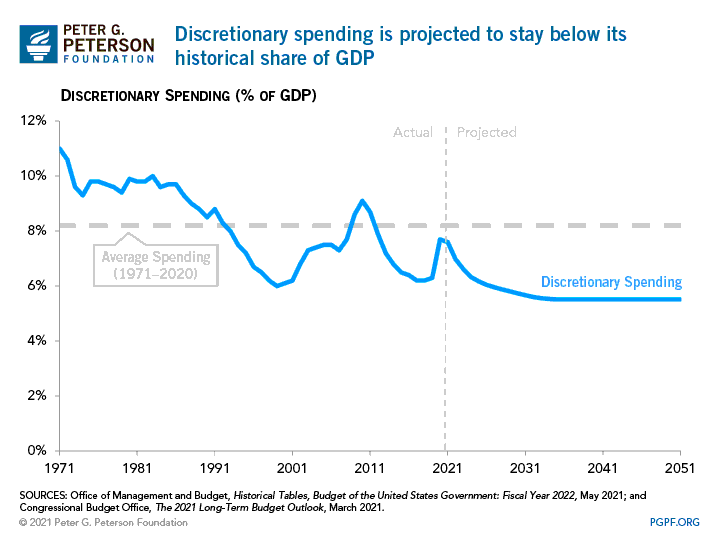
Discretionary spending is projected to stay below its historical share of GDP.
https://www.pgpf.org/chart-archive/0177_discretionary_low_levels
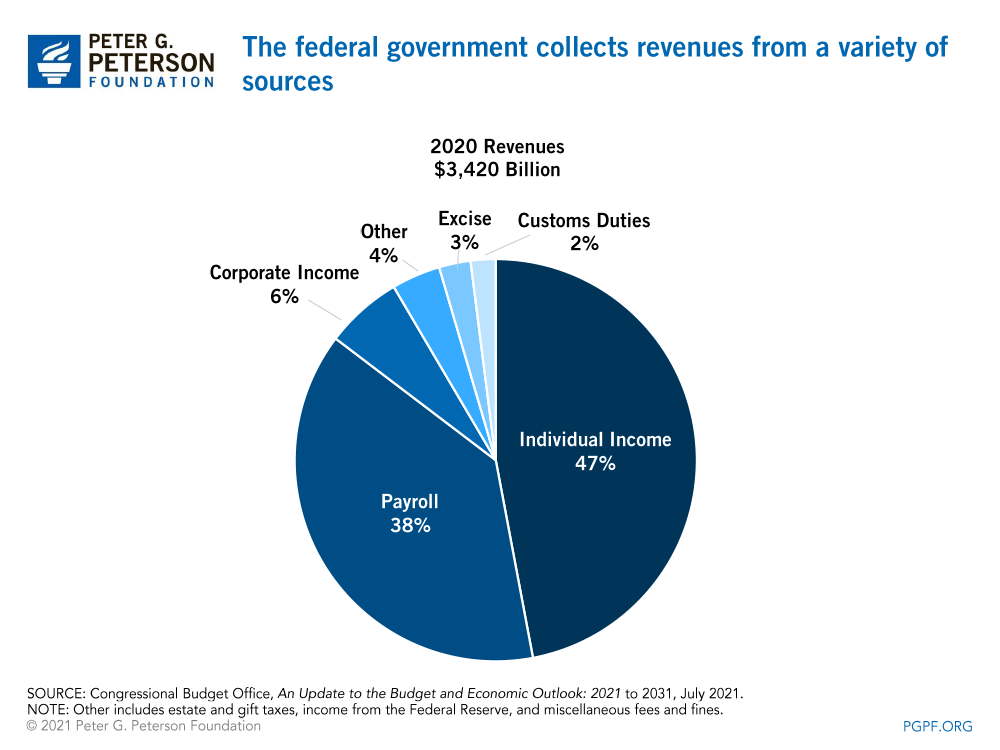
The federal government collects revenue from a variety of sources.
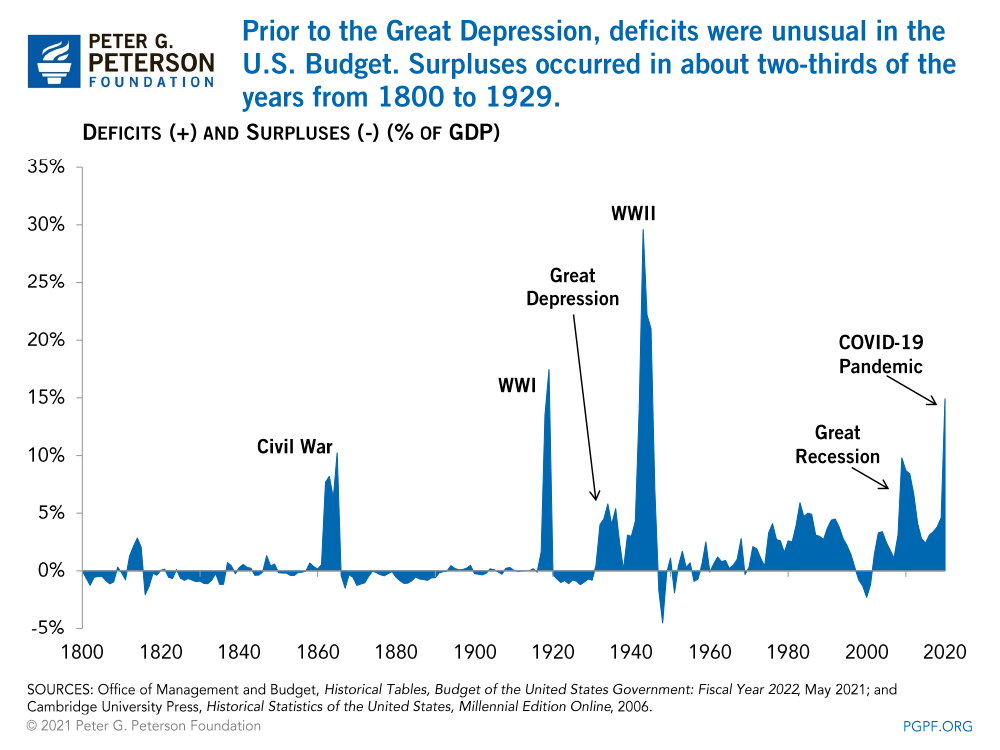
Prior to the Great Depression deficits were unusual in the U.S. Budget. Surpluses occurred in about two-thirds of the years between 1800 to 1929.
https://www.pgpf.org/chart-archive/0023_federal-deficit-surplus
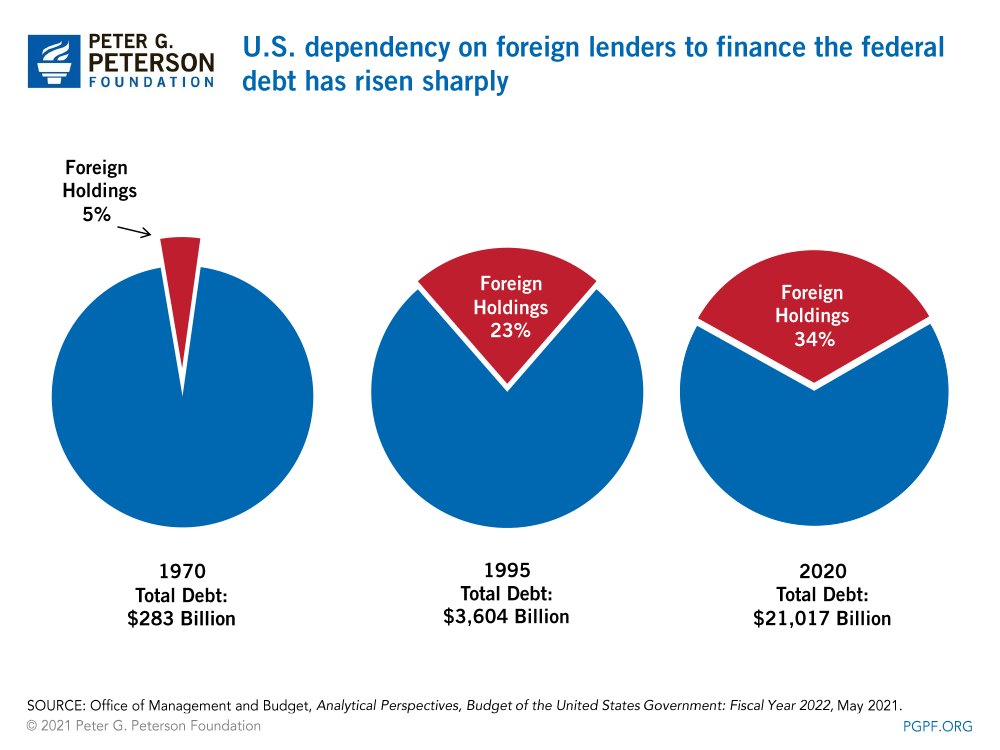
U.S. dependency on foreign lenders to finance the public debt has risen sharply.
https://www.pgpf.org/chart-archive/0057_foreign-holders-debt
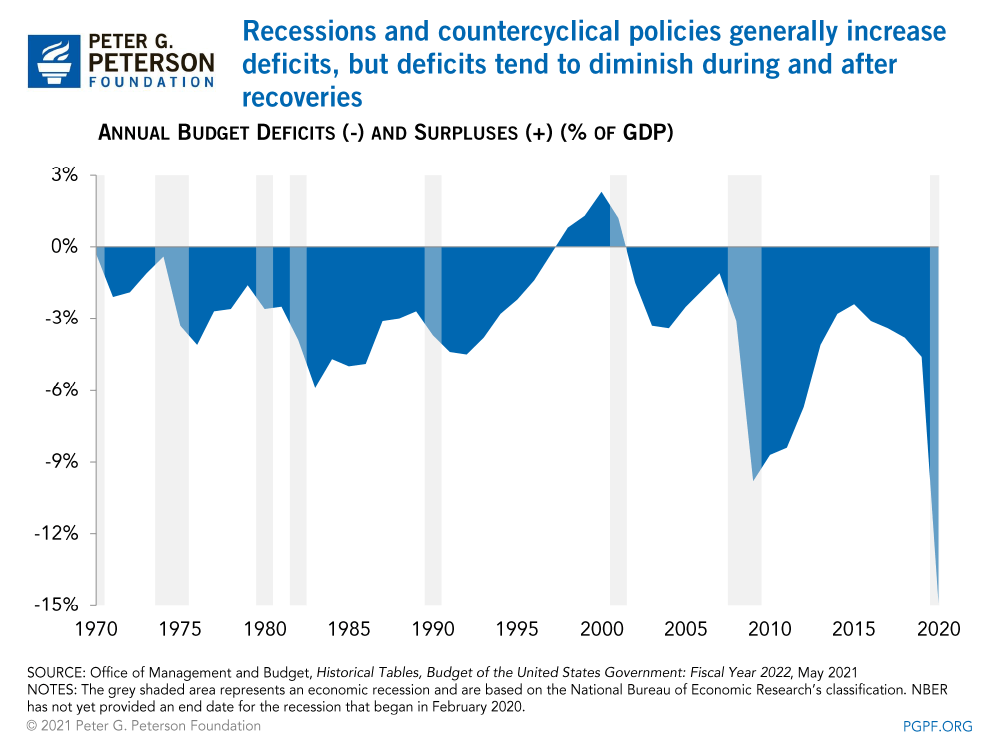
Recessions and countercyclical policies generally increase deficits, but deficits tend to diminish during and after recoveries.
https://www.pgpf.org/chart-archive/0307_deficits_and_recessions